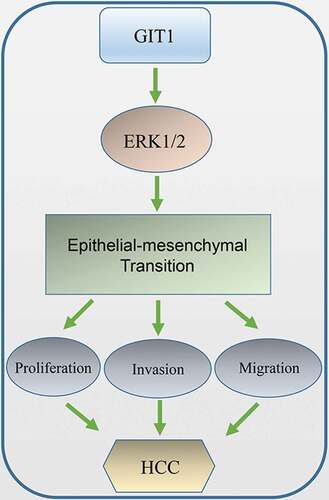Figures & data
Figure 1. GIT1 expression in human cancers

Figure 2. Expression pattern of GIT1 in HCC tissues
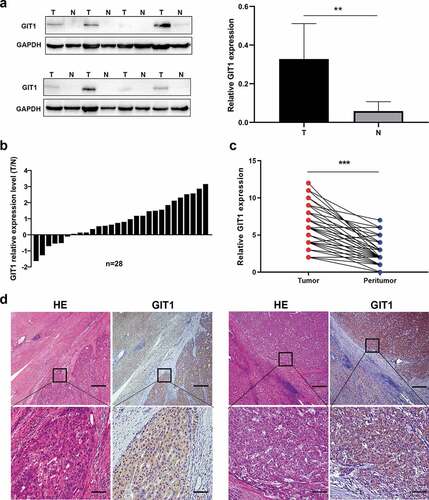
Figure 3. GIT1 overexpression promoted HCC cell invasion, proliferation, and migration
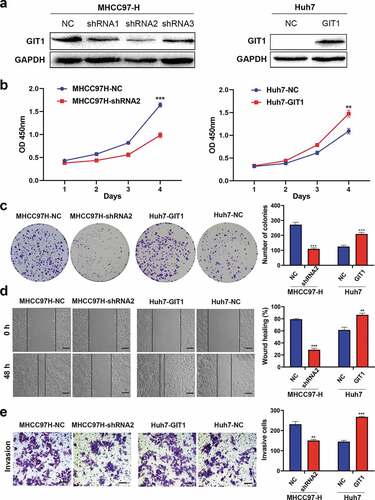
Figure 4. GIT1 promoted HCC tumorigenesis in vivo
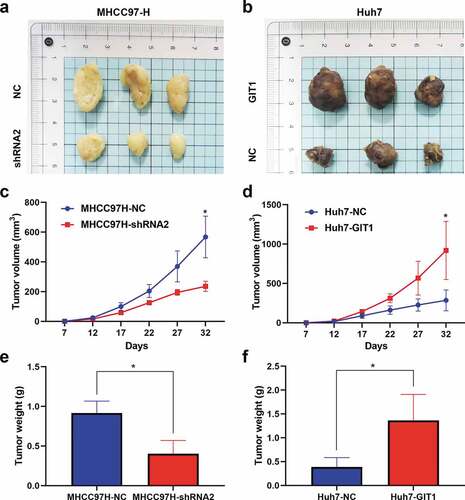
Figure 5. GIT1 promoted EMT in HCC cells through the ERK1/2
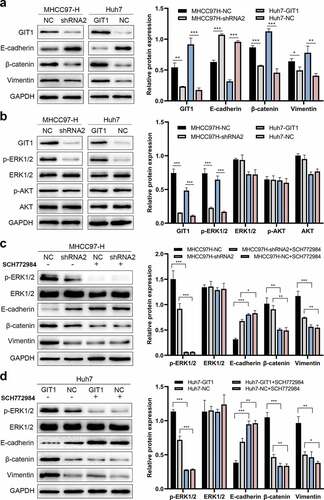
Figure 6. The expression of GIT1 and its prognosis value in 158 HCC patients

Table 1. Correlations between GIT1 with clinicopathologic features in 158 HCC patients
Table 2. Univariate and multivariate analyses of factors associated with recurrence and survival

